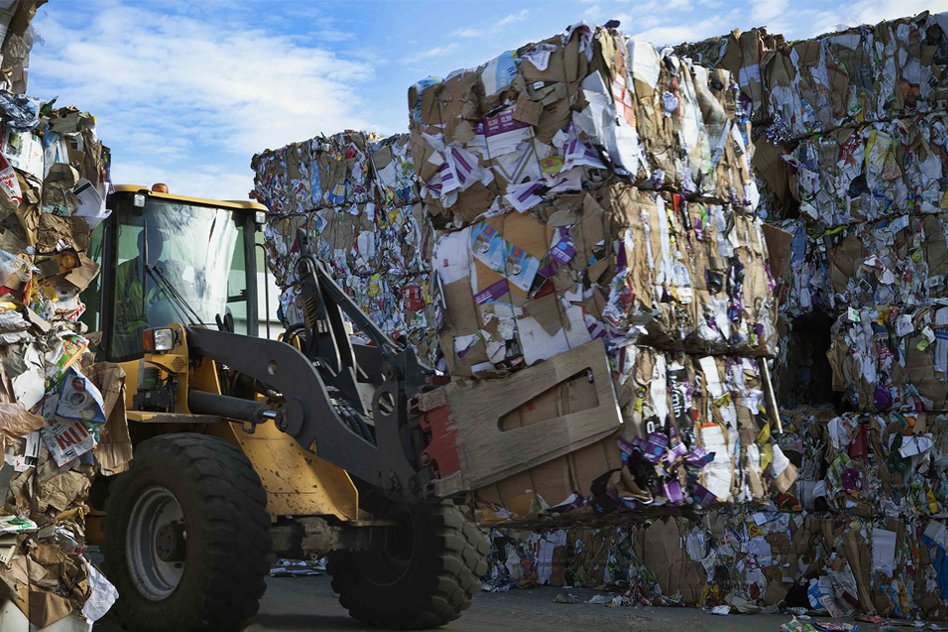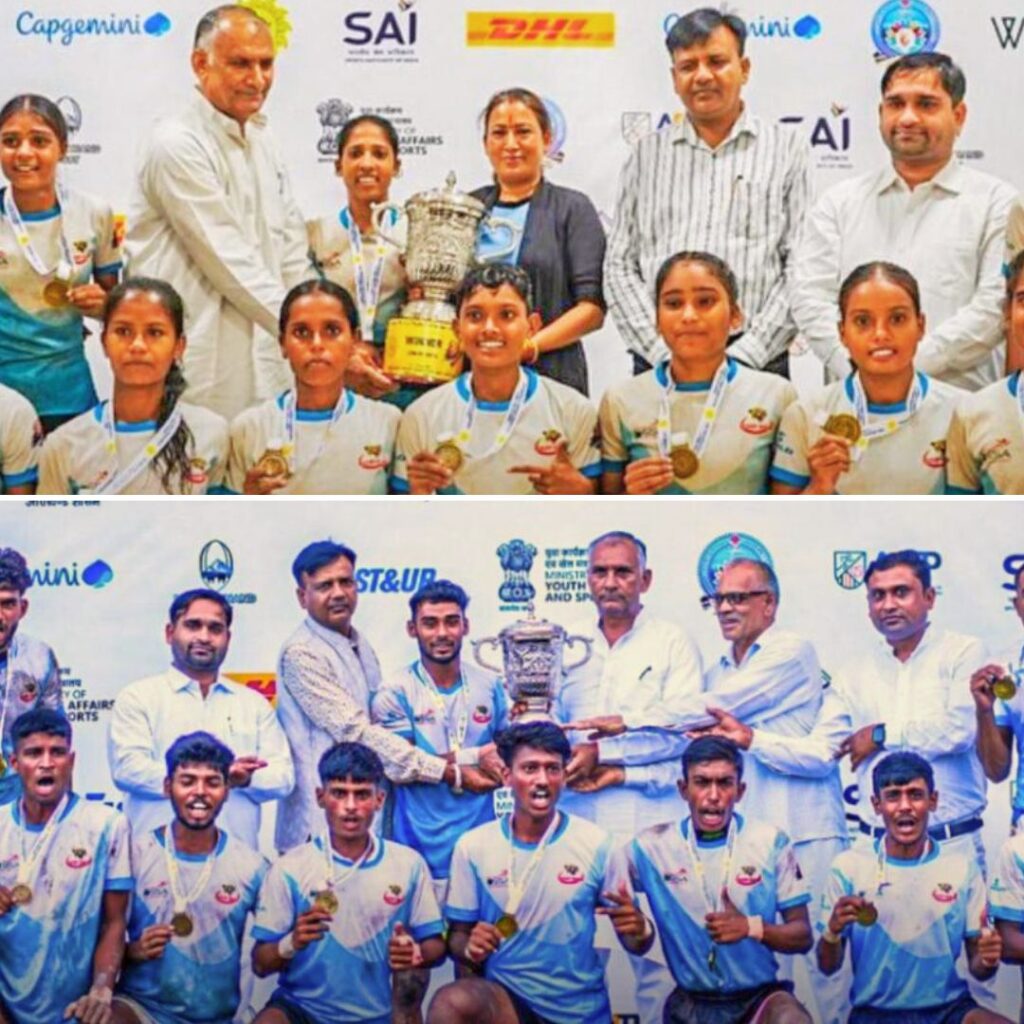Image Source: sweden.se
Surely there is a complete contrast between how India deals (or does not deal) with its garbage and how Sweden does it. The Scandinavian country has achieved a “recycling revolution” which has reduced the garbage in its landfills today to a mere one percent. This means in effect, it has reached the mark of almost zero waste. Indeed, the waste management system of Sweden has reached such a zenith that it now imports garbage from the UK, Italy, Norway and Ireland to feed the county’s 32 waste-to-energy (WTE) plants. This system has been operational in the fifth year now.
Anna-Carin Gripwell, a Swedish Waste Management communications director confessed in a statement, “Waste today is a commodity in a different way than it has been. It’s not only waste, it’s a business.”
Per head annual production of waste by a Swede is 461 kg, which is a figure just below the average of a European (half ton). However, Sweden stands out due to a controversial technique of incinerating over two million tons of trash per year, a process which converts half the nation’s garbage into energy. This minimizes the presence of conventional dump sites. “When waste sits in landfills, leaking methane gas and other greenhouse gasses, it is obviously not good for the environment,” Gripwell opines. Consequently, Sweden wanted to develop alternatives to reduce the seepage of toxins into the ground.
This is achieved by using a green waste-management hierarchy which prevents environmental damage – prevention (reduce), reuse, recycling alternatives (energy recovery through WTE plants), and lastly, disposal (landfill).
The process begins right at the time of collecting the trash from homes and business owners who separate organic waste, pick up paper from recycling bins and pull aside any item that can be reused. The onus of handling all costs related to collection and recycling or disposal falls on the producers. There were some incentives introduced in the 1990s to produce eco-friendly products, while exempting taxpayers from full waste management costs.
The Swedes return 1.5 billion bottles and cans annually as per Returpack, a Swedish recycling firm. Items which cannot be recycled are taken to WTE incineration plants, where garbage is loaded in furnaces and burnt. The steam generated is used to spin generator turbines which in turn produce electricity. It is this electricity that is transferred to transmission lines and distributed across the country, providing heating to 9 50 000 homes and electricity to 2 60 000.
This efficient garbage management method has cut down garbage in the landfills to 1 %. In 2012 they recycled 96% of trash, while reducing dependency on fossil fuels. After all, three tons of waste contains as much energy as one ton of fuel oil, as stated by Göran Skoglund, spokesperson for Öresundskraft. That implies burning two million tons produces around 6 70 000 tons of fuel oil energy per year. This is used for operating district heating networks during cold winters. Since various taxes and bans across EU prevent landfill waste and European countries do not have the capacity to incinerate garbage, Sweden imports all that trash.
According to some critics trash burning pollutes the air with toxins. It is true that more than 40% of the world’s trash is burned in open air, according to a study in the journal of Environmental Science and Technology. However, that is a technique very different from the one low-emission processes in place in Sweden. And yet, it is ridden with controversies.
To begin with some municipalities cannot start new incineration plants because tend to be costly due to the integration of processes which filter ash and flue gas as byproducts, both of which have an environmental pollutant called dioxins. However, the Swedish Environmental Protection Agency opines that though the incineration technique is not perfect, the airborne dioxins have been reduced to very small amounts through technological advancements and introduction of flue-gas cleaning.
Since it is nearly impossible to manufacture products with materials that can be totally reused or burnt in incinerators, it is also unlikely to attain a 100% recycling rate. The only alternative is to produce less waste since products that have tile, porcelain, insulation, asbestos and miscellaneous construction and demolition debris cannot be burnt safely and have to be dumped in landfills.
Of course, Rome was not built in one day. It was in the 1970s that the strict rules and regulations related to waste products were introduced in Sweden, but over three decades this system has reached near perfection!
We wish our countrymen would be able to learn something from the undaunted spirit of the Swedes and introduce similar techniques to recycle trash in India. One such way is to use garbage in order to build roads as has been shown by our very own Plastic Man, R Vasudevan. You can read his entire story here:











